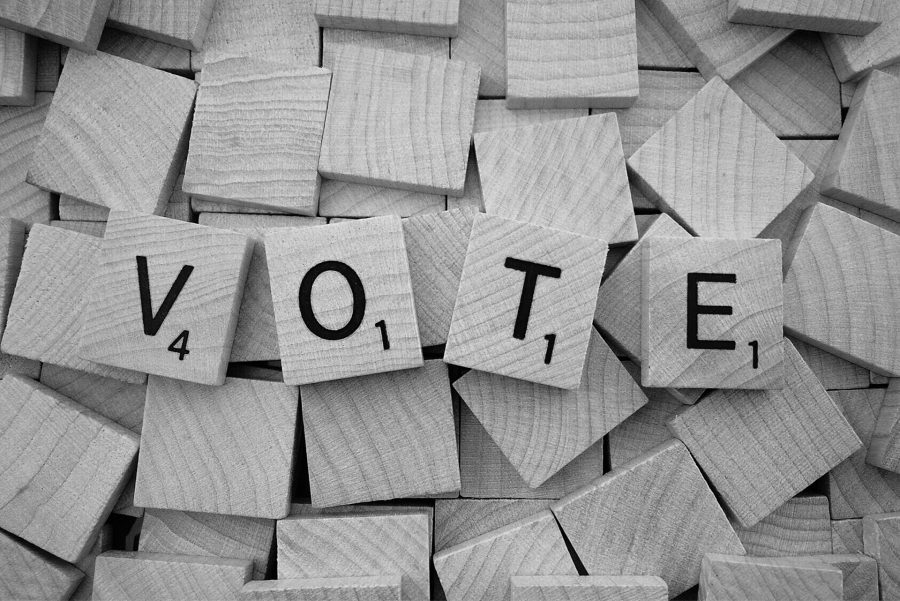For the second part of CapX’s latest series of polling on some of the biggest questions in the political and economic battle of ideas, we look at government spending. But this time with a twist.
Opinion polling, besides doing what it says on the tin and polling opinion, can also be used to quiz the public to see how widely recognised some key figures are.
With this type of subject it’s crucial is to word things in terms that a non-specialist audience will understand. And since polling on large numbers is also tricky, all of the figures in these questions are in percentages or percentage points.
First, on health specifically, we asked if spending “not adjusted for inflation” had gone up, gone down, or stayed the same since 2010. One in three (34 per cent) correctly answered that it had gone up, slightly more (38 per cent) thought that it had gone down, 17 per cent that it had stayed about the same, and 12 per cent didn’t know.
The responses divided along party lines, with Conservatives being twice as likely as Labour voters to think it had gone up. That’s unsurprising, since spending more on the NHS is popular across the board, and people often perceive a governing party to be doing or not doing a worthy thing depending on whether or not they vote for it.
But what about total government spending, relative to GDP? We asked “thinking about the total amount the government spends each year, how big do you think this is as a percentage of the size of the UK economy?” with answer options in 10 percentage point increments from “about” 20 to 60 per cent.
Just one in six (16 per cent) gave the correct answer of about 40 per cent of GDP. Forty per cent of respondents gave a lower answer, 11 per cent gave a higher answer and a third (33 per cent) admitted that they didn’t know.
There was little variation between subgroups, save for the most politically attentive being likelier than average to say 40 per cent and less likely not to know, but even among this group, fewer than a quarter knew the answer.
We then asked peoples’ views on whether the true spending level of “about 40 per cent of the size of the economy” was too high, not high enough, or about right. Opinion was divided, although twice as many thought it should be higher (36 per cent) than lower (18 per cent) with 24 per cent backing the status quo and 23 per cent unsure.
Again the biggest divide was by party, with half (though only half) of Labour voters supporting higher spending relative to GDP. There was almost no difference between Remainers and Leavers, which fits with earlier Number Cruncher polling that found little evidence of a link between views of austerity and EU referendum vote.
And finally, how had spending as a share of output changed since 2010? For this one, we split “up” and “down” into “five percentage points or more” and “less than five percentage points” to achieve a bit more granularity. People were nearly twice as likely to think it had gone up (46 per cent) as down (24 per cent), and this proved to be the case virtually across the board, irrespective of politics, demographics and geography, with only those living in social housing being evenly split between “up” and “down”. Just 10 per cent of eligible voters are aware that spending as a share of GDP has fallen by more than five percentage points since 2010.
This is perhaps the most surprising finding of all – it isn’t controversial that the “cuts” have cut through politically, but if people perceive spending to be increasing, it is interesting to consider what they think has actually been cut.
It seems that the word austerity – which we didn’t use in any of the questions – may have morphed from a specific reference to public expenditure to a broader term for economic gripes.
Two broader points jump out from all of this. In terms of information, people are likelier to think that spending is below 40 per cent than above it, likelier to think that it has risen since 2010 than fallen, and likelier to think that it should be higher still than lower. In reality it has mostly been above 40 per cent since 2010, has fallen over the period, and all three UK general elections in this decade have returned the party promising the sharpest reductions in public expenditure to government.
And in terms of the economic left-right axis – which is often described as corresponding the size (and role) of the state – many people have a view, yet five in six eligible voters do not know the size of the state. The same could be said of many things in politics, but this axis is so fundamental to our understanding of voting behaviour that political science perhaps needs to revisit whether it is characterising the divide correctly.
It is striking how little substance of the post-crisis debate about spending has “stuck”. It is clear that David Cameron and George Osborne won the short-term political argument, but less clear that they won the broader philosophical one. The significance of that could yet prove to be considerable.







